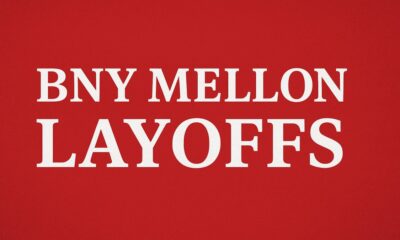Introduction
EUR Alliance NYT. In an ever-changing geopolitical climate, international cooperation is more important than ever. One such example of meaningful collaboration is the EUR Alliance, a strategic partnership of European nations with a shared vision of economic growth, political unity, and security. When The New York Times (NYT) steps in to report on these developments, the world pays attention.
Let’s dive into the origins, importance, challenges, and media coverage of the EUR Alliance, especially through the lens of the NYT.
What Is the EUR Alliance?
The EUR Alliance refers to a coalition of European countries working together to enhance collective strength on global fronts — economically, politically, and militarily. Although often associated with the European Union (EU), the EUR Alliance may also include non-EU states engaged in joint policies and agreements that reflect a common European identity.
This alliance fosters a united front in global negotiations and crisis responses. Whether it’s tackling energy crises or creating joint economic strategies, the EUR Alliance is a prime example of unity in diversity.
Strategic Importance of the EUR Alliance
So, why does the EUR Alliance matter?
Economic Cooperation
Europe thrives on trade. Through common currency (the euro) and coordinated regulations, member states in the alliance can enjoy lower transaction costs, efficient trade routes, and economic resilience. From small businesses to multinational corporations, everyone benefits from reduced barriers and a stable financial ecosystem.
Political Alignment
Aligned policies strengthen Europe’s voice in the international arena. Whether it’s human rights, climate policy, or technological regulations, the EUR Alliance allows European countries to speak with one voice — louder and clearer.
Defense and Security
With rising global tensions, the alliance also enhances mutual defense through NATO collaboration and cybersecurity frameworks. A shared defense system enables quicker, more effective responses to threats.
The NYT’s Coverage of the EUR Alliance
The New York Times has been instrumental in bringing attention to the movements and decisions within the EUR Alliance. Through detailed reporting and in-depth analysis, the NYT offers both American and international audiences a window into Europe’s political heartbeat.
Coverage spans major treaties, economic summits, and crisis moments like Brexit or the war in Ukraine. The paper’s journalistic integrity ensures readers get a balanced perspective that includes not just EU directives, but also the human and national stories behind the policies.
Challenges Faced by the EUR Alliance
Even with all its strengths, the EUR Alliance isn’t without its fair share of problems.
Brexit’s Ripple Effect
The departure of the United Kingdom shook the alliance to its core. It raised questions about the alliance’s structure, membership flexibility, and the balance between national and collective interests.
Rising Nationalism
Countries like Hungary and Poland have shown increasing resistance to centralized European governance, sparking debates about sovereignty and shared values.
Economic Disparities
Not all member countries enjoy the same economic health. Wealthier nations often carry a greater financial burden, creating internal tensions that the alliance must constantly manage.
Future of the EUR Alliance
Despite these hurdles, the future looks promising.
Expansion Plans
Talks continue about including other nations in the alliance. The focus is on the Balkans and Eastern Europe, aiming to bring in countries aligned with European democratic values.
Tech and Innovation
The alliance is investing heavily in AI, renewable energy, and digital infrastructure — essential to compete globally.
Climate Change Initiatives
Europe is pushing toward becoming the first climate-neutral continent. Joint environmental policies and funding are pillars of the alliance’s future vision.
Final Thoughts
The EUR Alliance isn’t just a coalition of countries — it’s a symbol of unity, strategy, and resilience. With The New York Times consistently shedding light on its inner workings, global audiences can better appreciate the depth and complexity of Europe’s collective efforts.
Whether you’re a policymaker, student, or simply a curious mind, understanding the EUR Alliance gives you a clearer picture of how modern alliances shape our world.
FAQs
1. What is the EUR Alliance?
The EUR Alliance refers to the collaboration among European nations to strengthen their economic, political, and defense strategies.
2. How does the EUR Alliance affect global trade?
It promotes seamless trade within Europe and sets global standards that influence international trade policies.
3. What role does the NYT play in reporting on European alliances?
The New York Times provides comprehensive, unbiased coverage of developments within the EUR Alliance, shaping global perception.
4. How does EUR Alliance handle cybersecurity?
Through joint digital defense protocols, shared intelligence, and close NATO collaboration.
5. Is the EUR Alliance expanding?
Yes, there are discussions about including new members, especially from Eastern Europe and the Balkans.

 Blog2 months ago
Blog2 months ago
 education2 months ago
education2 months ago
 Blog2 weeks ago
Blog2 weeks ago
 News2 months ago
News2 months ago



















